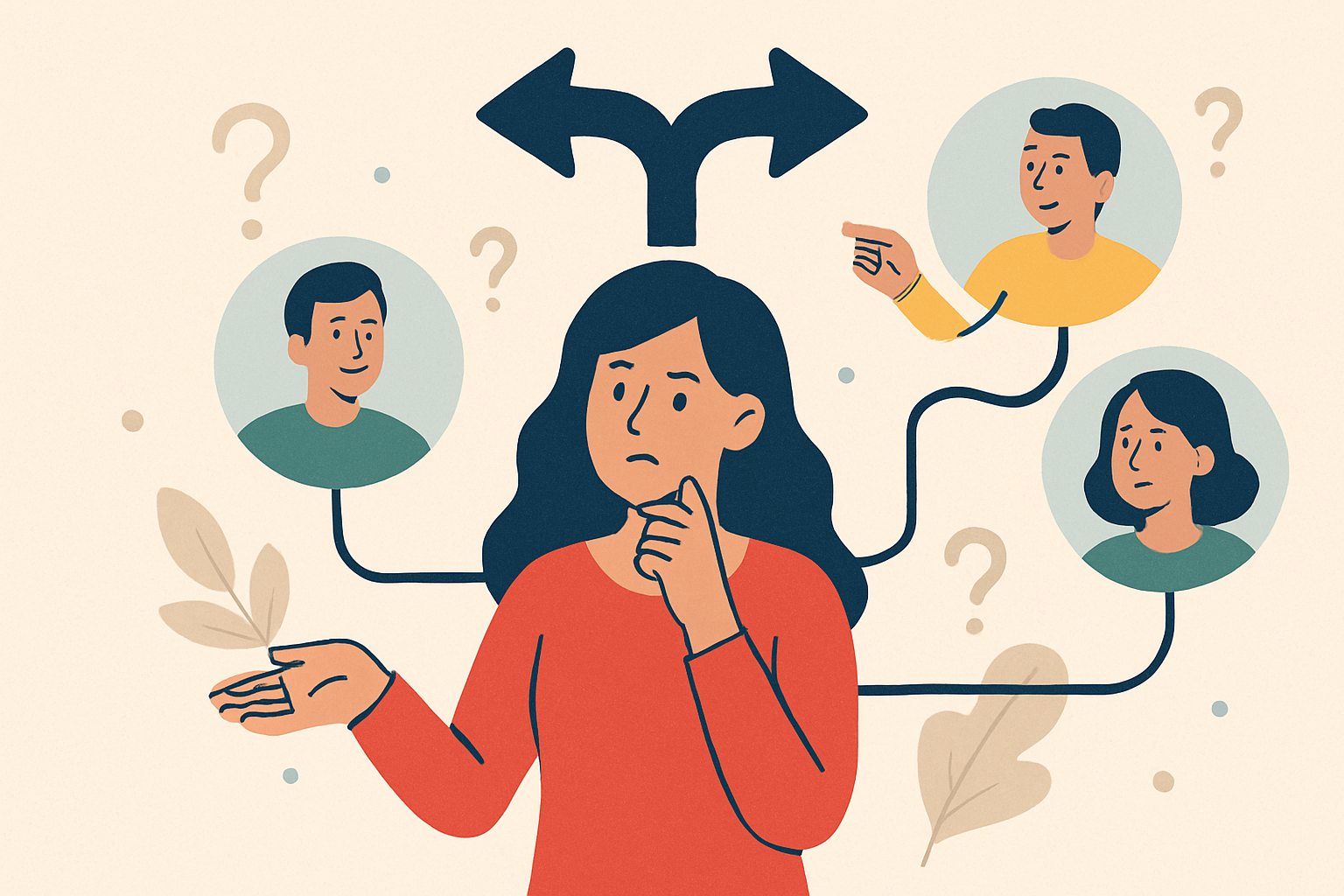
Suarez and Castañón-Puga argue that no person, company, or team is a “perfect agent” acting alone. We’re all shaped by our context—family, school, apps, laws, culture—and our agency comes in degrees, not all-or-nothing. They call this view “Distributed Agency,” the idea that what we do emerges from many layers around us and within us. Think of it like a song that only makes sense on a musical staff: the notes matter, but so does the staff that holds them together. In this view, behavior is best understood in context, across multiple levels, rather than in isolation.
That’s why the paper talks about “holons”—entities that are both parts and wholes. A club, a startup, a family, even you, can be more or less of an agent depending on how you’re organized and how much the bigger system channels your options. Your couple can feel like its own mini-agent with goals that sometimes differ from either partner’s; your company “agent” sits inside an industry with rules that shape what’s realistic day to day. The trick in real life is that upper layers quietly shape the “menu” of choices we see, while our smaller sub-parts (habits, moods, departments) push from below. Once you notice those pressures, decisions feel less mysterious—and more manageable.
A classic example is the prisoner’s dilemma. On paper, the “rational” move is not to cooperate. In labs, people tend to cooperate and perform better. Through the lens of Distributed Agency, that’s not a glitch—it’s a hint that a higher-level pull is at work: reputation, future selves, group norms, or simple fear of fallout. In short, an “upper” agent nudges the “lower” agents to act together. The paper even borrows a vivid metaphor from simulations: the upper level offers “sugar” (influence, rewards) to guide behavior; lower levels act when they have enough “energy” to follow through. Once you see the sugars and drains in your world—likes, grades, pay, status, time—you can redesign your environment to make the good choice the easy choice.
Here’s the everyday payoff: what’s “optimal” depends on the level you choose. A move that’s bad for your short-term self (studying tonight) can be great for your longer-term self or your team. Cultures and institutions make this visible on a large scale. The paper contrasts the U.S. and Mexico to illustrate how social norms and enforcement influence citizens’ day-to-day choices and habits. A tighter alignment at the national level can foster cooperation more frequently, while a looser alignment can lead to greater reliance on individual or family-level action. So, when you plan a goal—fitness, grades, savings—don’t just willpower it. Build a small “upper level” around you: a friend pact, shared calendar, auto-saves, public check-ins. Give your lower-level self the sugar to act, and let your higher-level plan quietly script the menu of choices you see. That’s Distributed Agency as a life hack.
Reference:
Suarez, E. D., & Castañón-Puga, M. (2013). Distributed Agency. International Journal of Agent Technologies and Systems, 5(1), 32–52. https://doi.org/10.4018/jats.2013010103